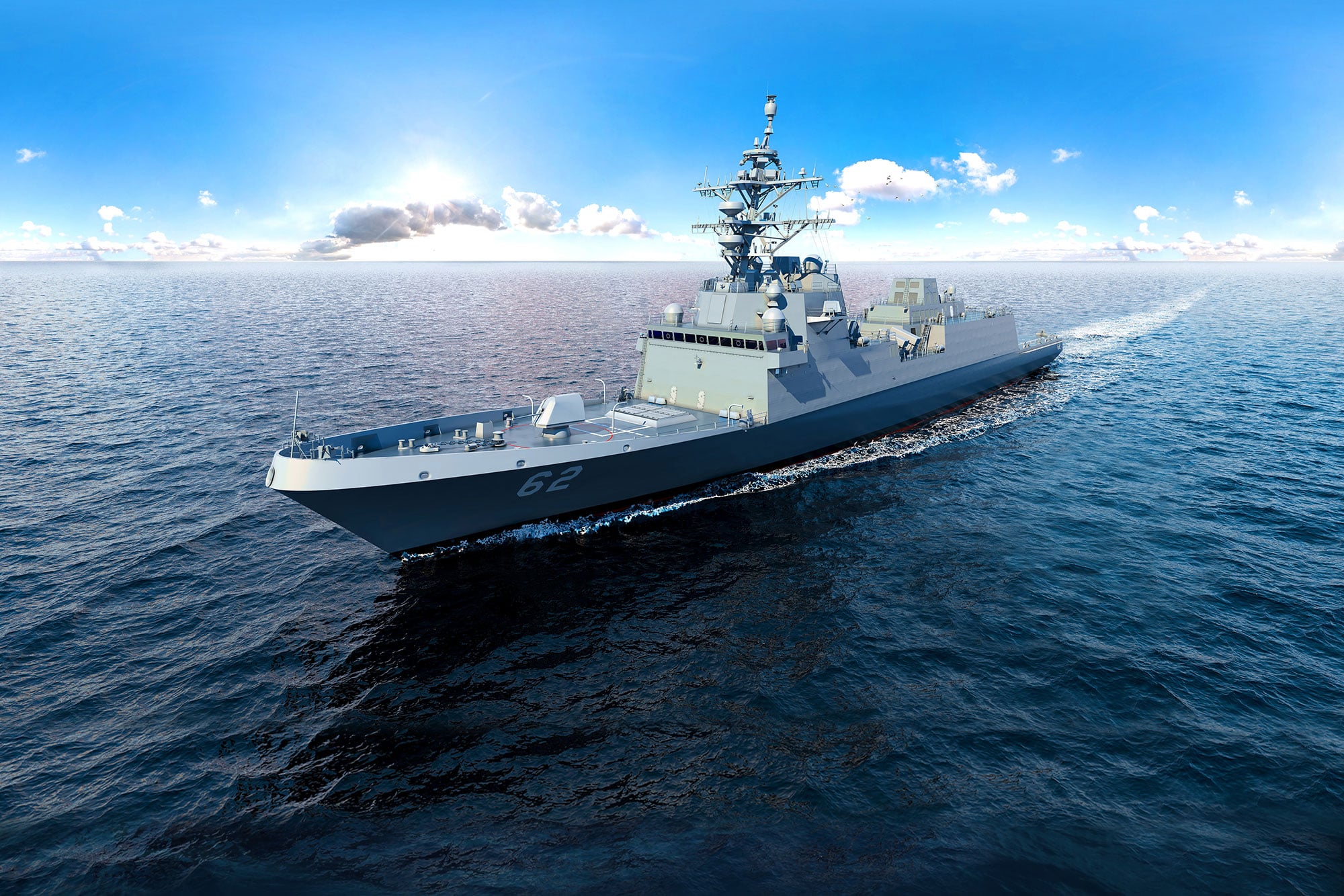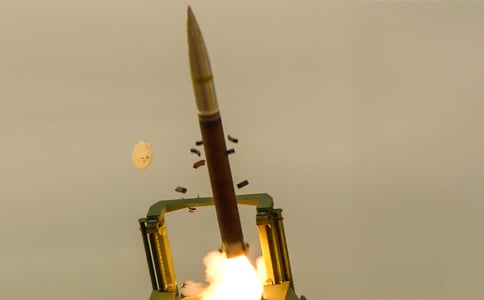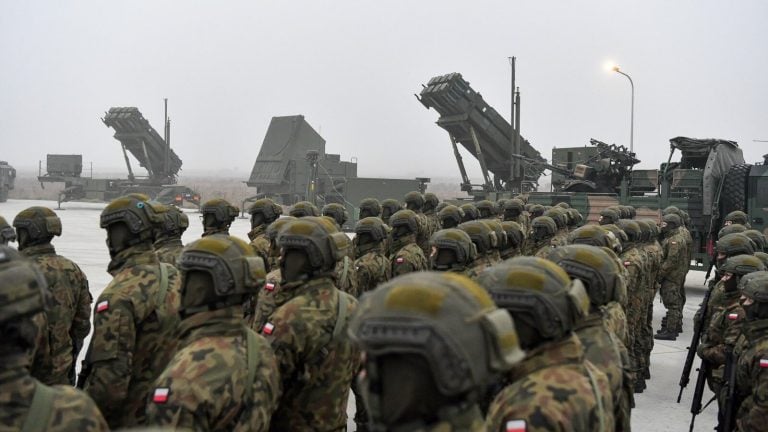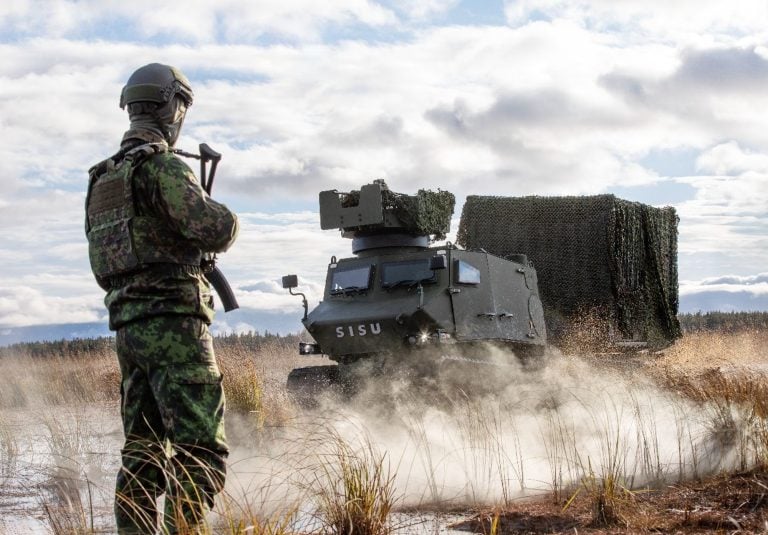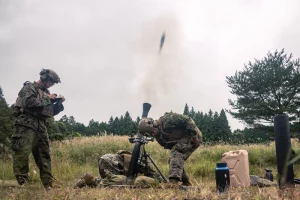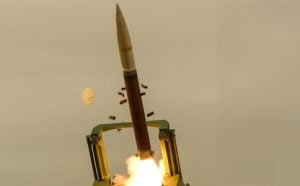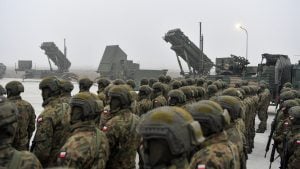In a significant shift for naval strategy, the U.S. Navy has announced the termination of the last four ships in the Constellation-class guided-missile frigate program. The decision leaves only the first two frigates, the USS Constellation (FFG 62) and USS Congress (FFG 63), under construction at Fincantieri Marinette Marine in Wisconsin.
Launched in 2020, the Constellation program was conceived as a solution to modernize the fleet, aiming to replace aging vessels such as the Freedom and Independence Littoral Combat Ships, as well as the Oliver Hazard Perry-class frigates from the 1970s. The original plan sought to produce at least 20 hulls, with a projected expenditure exceeding $22 billion. However, the initiative has faced numerous challenges, including persistent design changes and significant schedule delays.
A government watchdog report for 2024 indicated that the lead ship is now anticipated to be delivered in 2029, which marks a three-year delay. Furthermore, the estimated unit costs have surged to approximately $1.4 billion per ship. In response to these issues, Navy Secretary John Phelan emphasized a commitment to fiscal responsibility, stating, “From day one, I made it clear: I won’t spend a dollar if it doesn’t strengthen readiness or our ability to win.”
Phelan articulated that this decision represents a strategic pivot away from the Constellation-class frigate program, focusing instead on revitalizing how the Navy constructs and fields its fleet.
In addressing the decision, Italian shipbuilder Fincantieri expressed its intention to proceed with the construction of the initial two frigates. CEO George Moutafis highlighted that this choice would ensure stability for their workforce, allowing continued investments in innovation and skill development.
Fincantieri’s shipyards across America, including locations in Marinette, Green Bay, and Sturgeon Bay, Wisconsin, as well as Jacksonville, Florida, employ around 3,750 workers. The company has recently expanded its workforce by 850, reflecting a substantial investment exceeding $800 million aimed at modernizing its facilities and enhancing production capabilities.
As the U.S. Navy re-evaluates its future fleet needs, the focus will shift to securing a warfighting advantage through new operational concepts and collaborations within the industry, marking a transformative period for naval capabilities.
